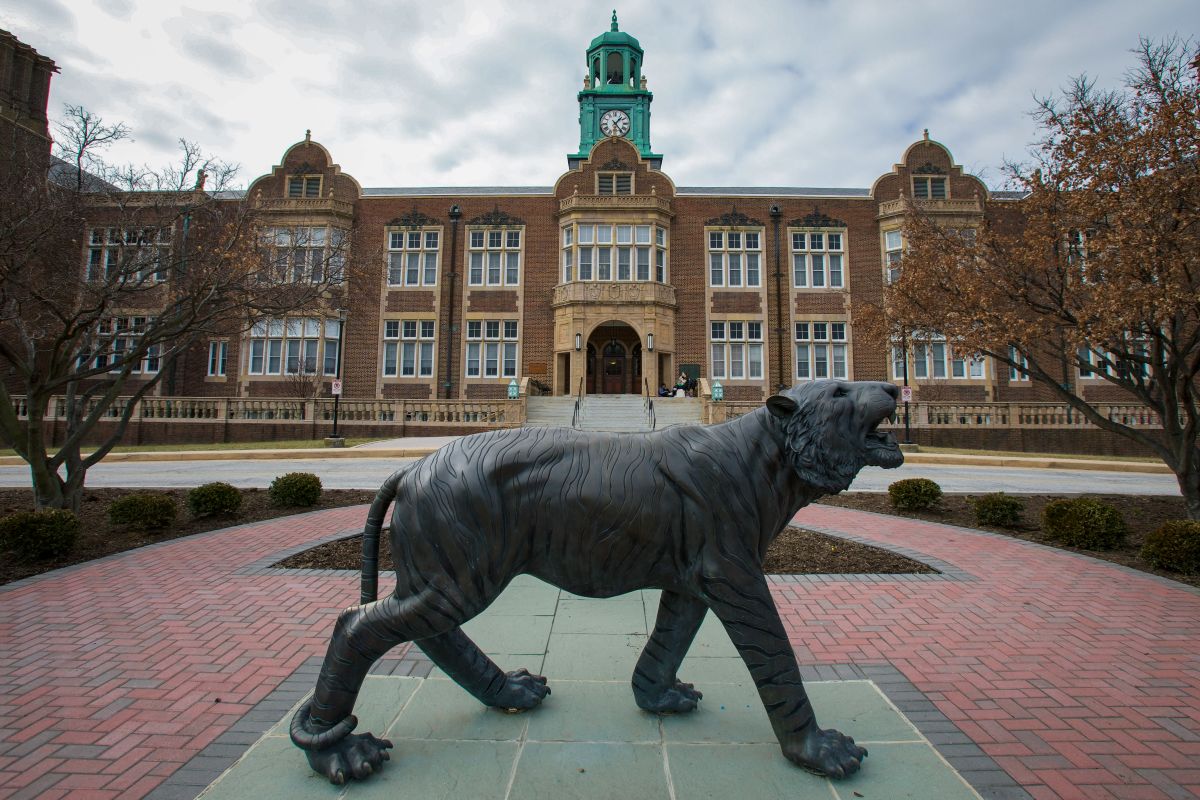
Explainer: Indirect Cost Rates for Grants
By Catherine Schofield, Contributing Writer
Since President Donald Trump took office his second administration has started directing federal departments to slash indirect cost rates on grants awarded to universities. These rates support research at colleges across the country like Towson University by providing funding for supplemental research costs.
The administration started with the National Institute of Health, known as NIH, in February by ordering it to cut indirect rates down to 15% across the board.
Below, The Towerlight explains what indirect cost rates are and how they affect Towson.
What are indirect cost rates?
Indirect costs are extra expenses that universities undertake to support research that grant money won’t inherently pay for. This can include administrative costs, utilities, gas, heat, cooling and general upkeep of other necessary facilities that cost money to operate, but that contribute to the research process.
As a public university, Towson receives federal funding that is allocated as indirect costs for its research projects.
What is Towson University’s indirect cost rate?
Since indirect costs cannot be predetermined, only estimated, Towson has a pre-negotiated indirect cost rate with the Department of Health and Human Services, known as the HHS, which NIH falls under for grants. That rate is set to 49.62% for on-campus costs and 22.12% for off-campus costs, according to Sidd Kaza, Towson’s vice president for Research.
“The 49.6% rate is our negotiated rate that shows the federal government how much it costs us to do research overall,” Kaza said. “So if that had been axed, then we would not have been reimbursed essentially, for what it would have cost us to do research.”
Towson’s pre-negotiated indirect cost rate is fixed at 49.62% through June 2026, according to Towson’s contract with the HHS.
Kaza acknowledged the pending court cases about indirect cost rates, but assured that, as of now, Towson’s rate should not be subject to change.
“Currently, that [rate cap policy] is not valid,” Kaza said. “The court struck it down, so we haven’t lost any money from getting the cost policy.”
What is happening at the federal level with indirect cost rates?
In February, Trump ordered indirect cost rates at the NIH to be slashed down to 15% across the board, including those from the HHS, which is where Towson’s indirect cost rate is negotiated from. The U.S. Department of Energy, National Science Foundation, Department of Defense and the NIH have all attempted to implement the 15% cut.
As a result, a handful of universities have sued the Trump administration over freezes in federal funding, including Johns Hopkins University and the University of Maryland.
The NIH’s attempt to cut rates was blocked in April by U.S. District Judge Angel Kelley. The legal battle is ongoing though, as the Trump administration appealed the decision.
The courts granted a preliminary injunction on July 18 for the Department of Defense’s cut, issued by U.S. District Judge Brian Murphy. This prevented the DOD from implementing the 15% rate cap on pre-negotiated indirect cost rates.
On Oct. 10, Judge Murphy ruled against the DOD, saying its proposed rate cap policy was “contrary to the law,” as well as “arbitrary and capricious.”
The DOD has yet to announce if it will appeal the ruling.
A judge also struck down the attempt to cut indirect costs to the Energy department in June. The Trump administration immediately appealed the Energy department ruling.
The National Science Foundation, known as NSF, is in a similar position, as a judge struck down NSF’s cut in June. The Trump administration appealed the ruling, but in September the NSF requested the case be voluntarily dismissed, and the request was granted.
